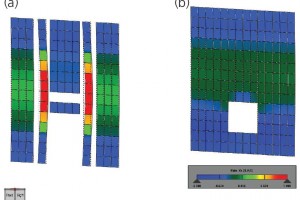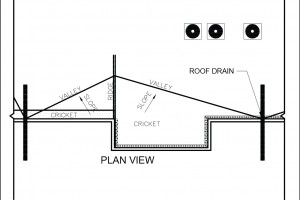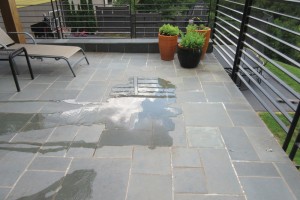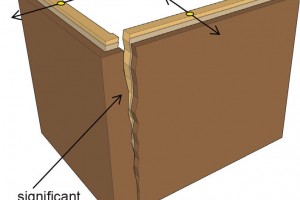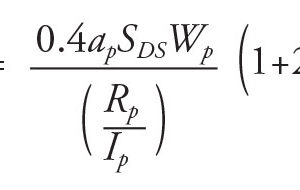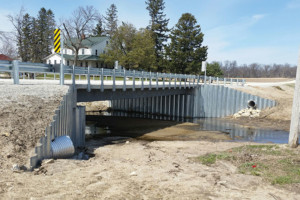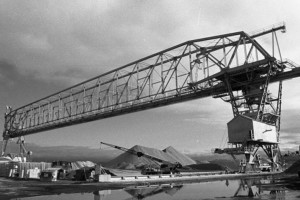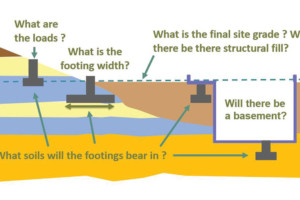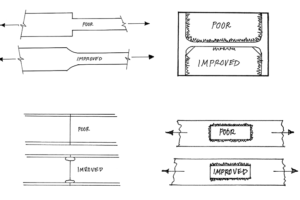Next Step in Incorporating Masonry in Your FEM
Demonstrating the need for utilizing finite element modeling (FEM) and analysis (FEA) to accurately model, analyze, and efficiently design masonry wall systems was the subject of a STRUCTURE article in May of 2016. Hopefully, the reader used the information in the article and is well on their way to building FEM that include structural masonry elements. With that background, they should be ready to advance their design of masonry with the aid of FEM. …

